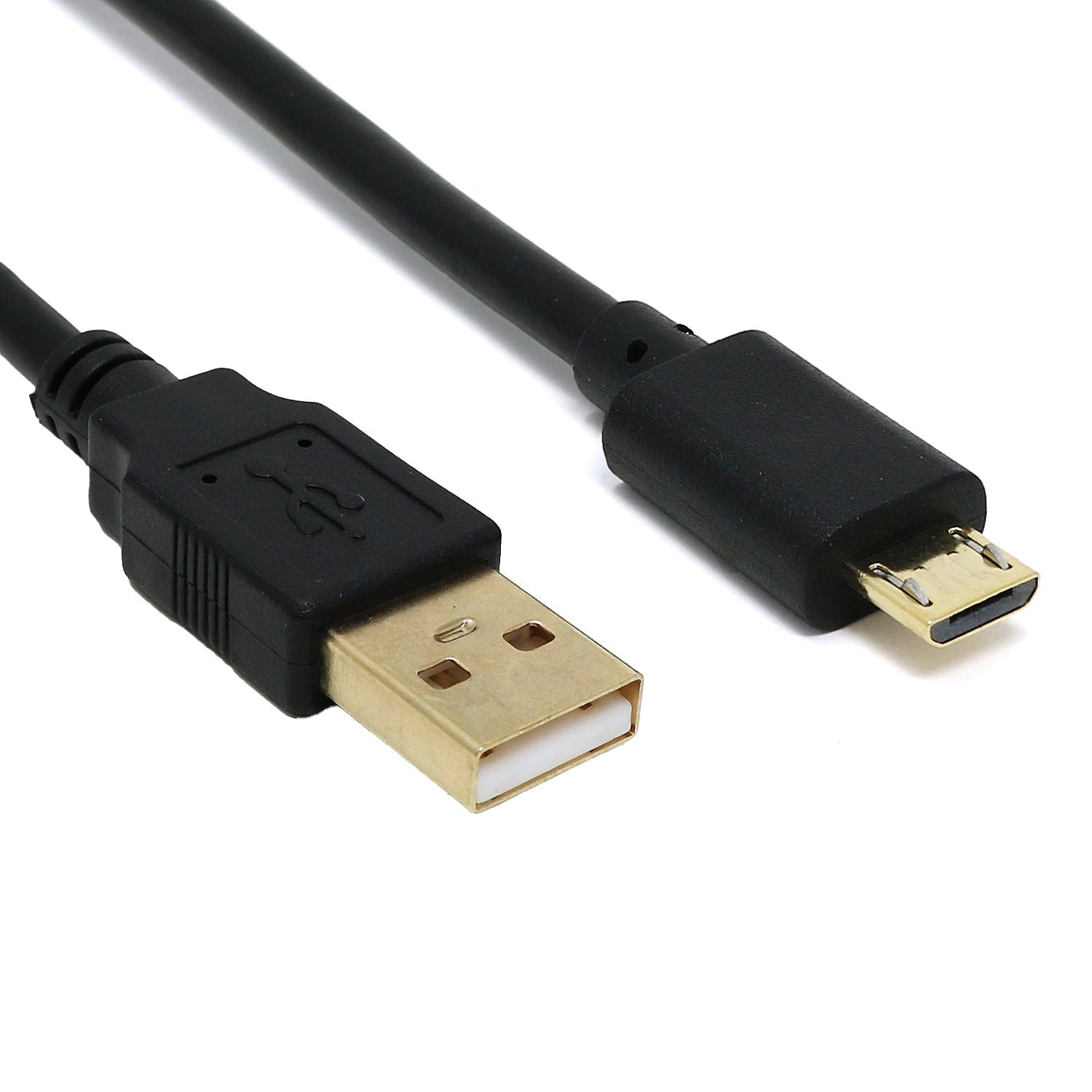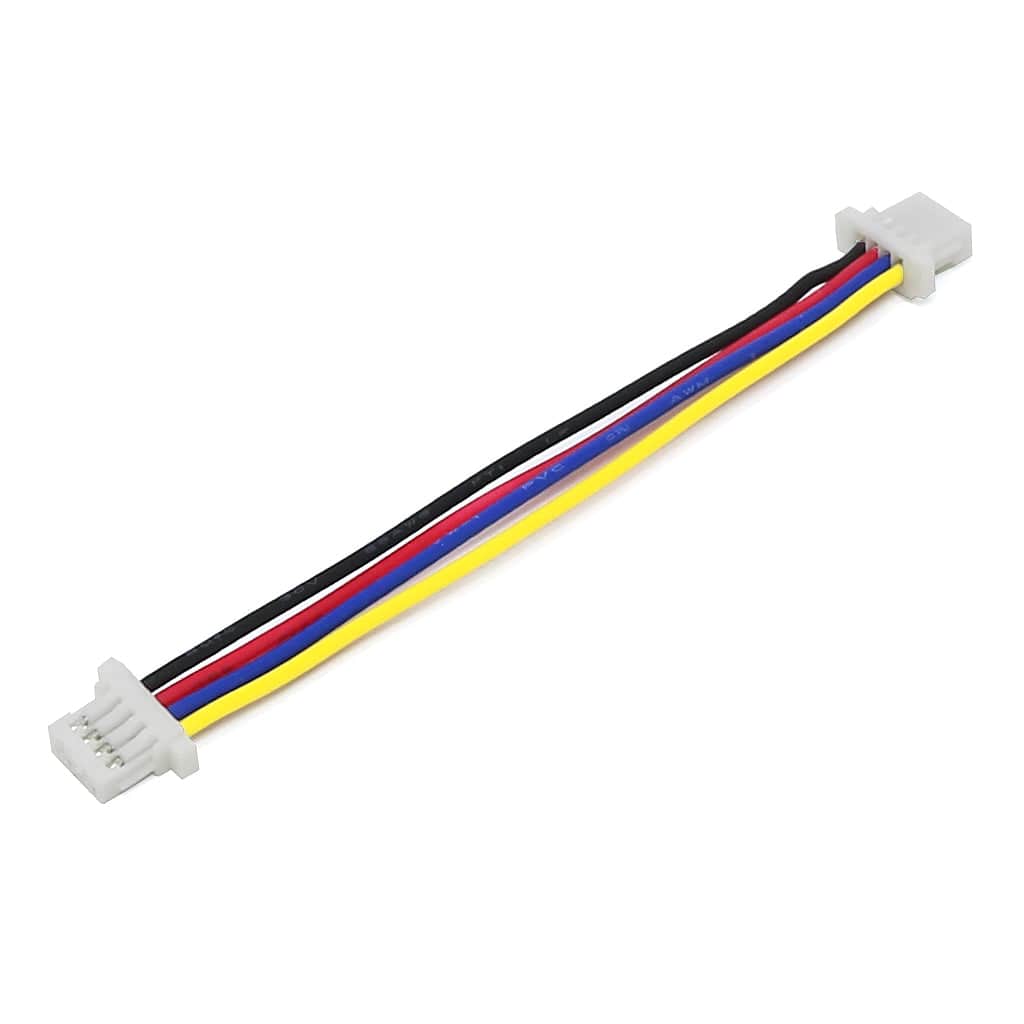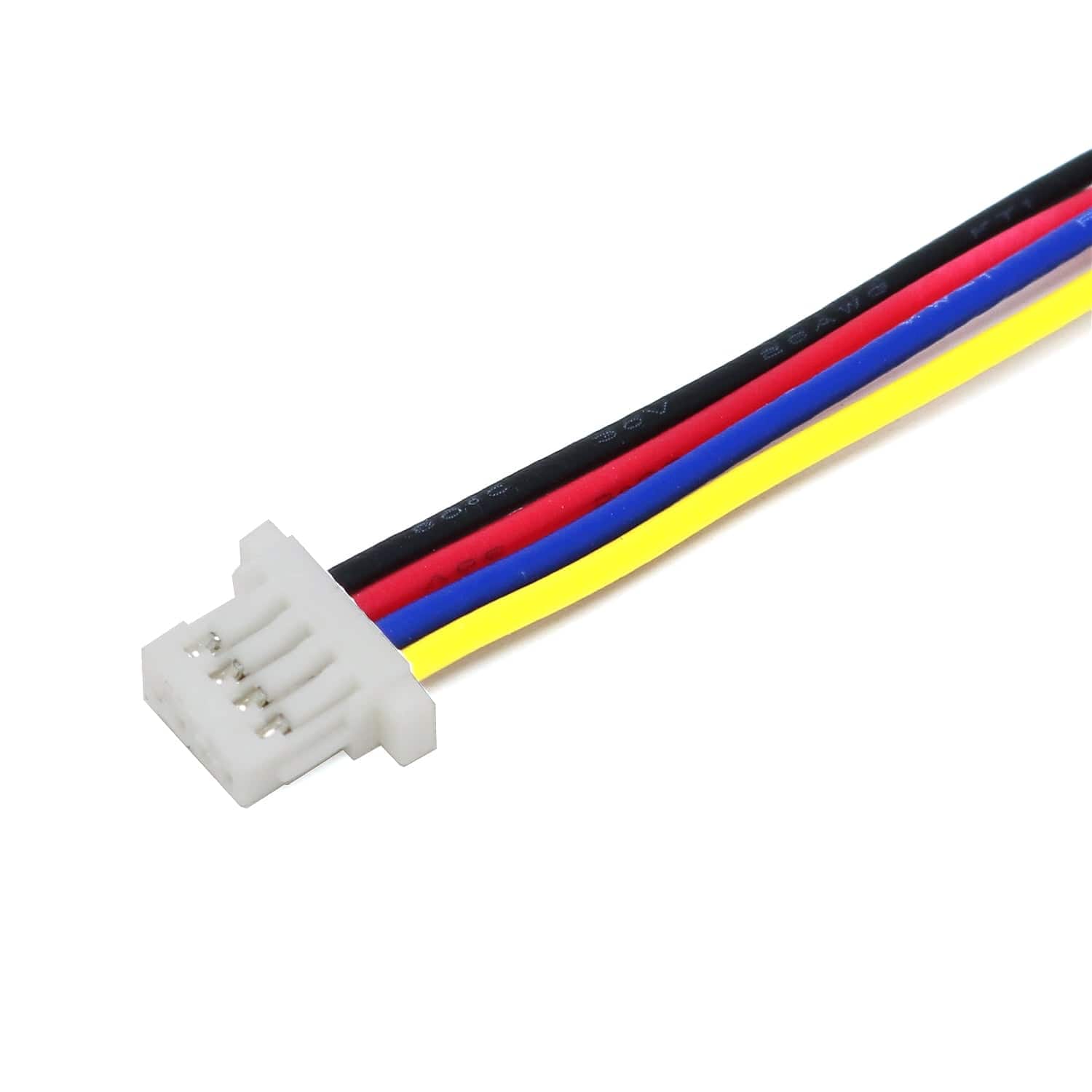![Interstate 75 W (Pico W Aboard) - RGB LED Matrix Driver [Discontinued] by Pimoroni - The Pi Hut](http://thepihut.com/cdn/shop/products/interstate-75-w-pico-w-aboard-rgb-led-matrix-driver-the-pi-hut-pim662-40190345904323.jpg?v=1676993370&width=1500)
![Interstate 75 W (Pico W Aboard) - RGB LED Matrix Driver [Discontinued] by Pimoroni - The Pi Hut](http://thepihut.com/cdn/shop/products/interstate-75-w-pico-w-aboard-rgb-led-matrix-driver-the-pi-hut-pim662-40190345969859.jpg?v=1676993367&width=1500)
![Interstate 75 W (Pico W Aboard) - RGB LED Matrix Driver [Discontinued] by Pimoroni - The Pi Hut](http://thepihut.com/cdn/shop/products/interstate-75-w-pico-w-aboard-rgb-led-matrix-driver-the-pi-hut-pim662-40190345871555.jpg?v=1676993364&width=1500)
Login / Signup
Cart
Your cart is empty
![Interstate 75 W (Pico W Aboard) - RGB LED Matrix Driver [Discontinued] by Pimoroni - The Pi Hut](http://thepihut.com/cdn/shop/products/interstate-75-w-pico-w-aboard-rgb-led-matrix-driver-the-pi-hut-pim662-40190345904323_1000x.jpg?v=1676993370)
![Interstate 75 W (Pico W Aboard) - RGB LED Matrix Driver [Discontinued] by Pimoroni - The Pi Hut](http://thepihut.com/cdn/shop/products/interstate-75-w-pico-w-aboard-rgb-led-matrix-driver-the-pi-hut-pim662-40190345969859_1000x.jpg?v=1676993367)
![Interstate 75 W (Pico W Aboard) - RGB LED Matrix Driver [Discontinued] by Pimoroni - The Pi Hut](http://thepihut.com/cdn/shop/products/interstate-75-w-pico-w-aboard-rgb-led-matrix-driver-the-pi-hut-pim662-40190345871555_1000x.jpg?v=1676993364)
Interstate 75 W is a Pico W-based driver board for HUB75-style LED matrices. It's designed to plug neatly into the back of a LED panel, and provides a quick and easy way to whip up some scrolling signage or an eye-catching LED display for sensor outputs. Because it has a Raspberry Pi Pico W aboard you can also use it to display information from the internet!
I75 W is powered from the Pico W's micro-USB port, which should also be able to power a few connected panels happily, assuming you're not planning anything too eye-bleedingly bright. There are also two useful buttons, a reset button and an onboard RGB LED.
We've also popped a QW/ST connector on there, to make it super easy to plug in Qwiic or STEMMA QT breakouts.
Our C++/MicroPython libraries include support for Interstate 75 W. You'll get the best performance using C++, but if you're a beginner we'd recommend using our batteries included MicroPython build for ease of getting started. Our HUB75 module lets you draw individual pixels to your matrices and uses RP2040's PIO state machines and DMA to minimise CPU usage and maximise luscious, 10-bit gamma-corrected colour depth.
Alternatively, you can draw on your LED matrices using our lightweight PicoGraphics library, which includes convenient functions for displaying text and shapes, and we've provided some examples to get you started. Note that if you're chaining panels, PicoGraphics only currently supports these specific arrangements of matrix panels (WxH):
MicroPython
C/C++
The Qw/ST connector on Interstate 75 W makes it super easy to connect up Qwiic or STEMMA QT breakouts. If your breakout has a QW/ST connector on board, you can plug it straight in with a JST-SH to JST-SH cable.
Breakout Garden breakouts that don't have a Qw/ST connector can be connected using a JST-SH to JST-SH cable plus a Qw/ST to Breakout Garden adaptor. Want to use >2 breakouts at the same time? Try this adaptor!
Our new Pico W Aboard products come with a built in Raspberry Pi Pico W. This means you get all the advantages of a RP2040 microcontroller - a speedy fast dual-core ARM processor, a dynamic, growing ecosystem and a choice of different programming methods to experiment with. Most excitingly though, Pico W has wireless connectivity, so your Pico/RP2040 devices can communicate with each other, and the internet!
![Interstate 75 W (Pico W Aboard) - RGB LED Matrix Driver [Discontinued] by Pimoroni - The Pi Hut](http://thepihut.com/cdn/shop/products/interstate-75-w-pico-w-aboard-rgb-led-matrix-driver-the-pi-hut-pim662-40190345904323.jpg?v=1676993370&width=1500)
![Interstate 75 W (Pico W Aboard) - RGB LED Matrix Driver [Discontinued] by Pimoroni - The Pi Hut](http://thepihut.com/cdn/shop/products/interstate-75-w-pico-w-aboard-rgb-led-matrix-driver-the-pi-hut-pim662-40190345969859.jpg?v=1676993367&width=1500)
![Interstate 75 W (Pico W Aboard) - RGB LED Matrix Driver [Discontinued] by Pimoroni - The Pi Hut](http://thepihut.com/cdn/shop/products/interstate-75-w-pico-w-aboard-rgb-led-matrix-driver-the-pi-hut-pim662-40190345871555.jpg?v=1676993364&width=1500)





